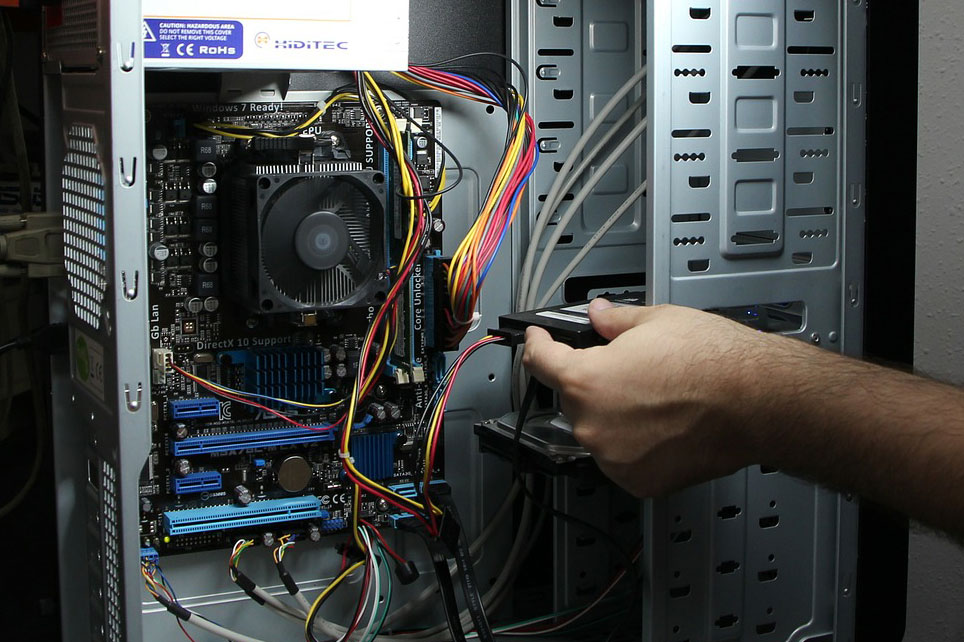🔍 What Is Decentralized IT Spending?
Decentralized IT spending happens when individual departments, clinics, or branches make their own IT decisions (software, services, devices) without centralized IT oversight or standards.
Examples:
-
A medical clinic buys its own cloud backup solution.
-
A dental surgery uses personal Google Drive accounts.
-
A department installs unauthorized apps or network hardware.
⚠️ Why This Puts Data at Risk
| Risk Area | Description |
|---|---|
| Data Silos | Each unit stores data separately; hard to consolidate or protect. |
| Inconsistent Security | No unified security policies (e.g., no standard antivirus, no MFA). |
| Unvetted Vendors | Non-IT staff might choose low-cost tools without checking security compliance. |
| Lack of Backup | Some departments may skip backups entirely or rely on personal storage. |
| Compliance Violations | Especially critical in medical or dental industries — violates HIPAA (US), Privacy Act (AU), etc. |
| Shadow IT | Staff install unapproved tools or use personal devices, exposing the network. |
✅ How to Address It
-
Centralize IT Governance
-
Even if departments manage their own budget, enforce central IT standards and approval workflows.
-
-
Use Role-Based Access & Policies
-
Ensure that sensitive data is only accessible to authorized users, no matter where it resides.
-
-
Standardize Tools and Vendors
-
Create a list of approved solutions (e.g., Google Workspace, encrypted NAS, secure VPN, HIPAA-compliant cloud).
-
-
Training & Awareness
-
Educate non-IT decision makers on data risks and basic IT best practices.
-
-
Use Centralized Monitoring
-
Implement tools that let IT track systems, backups, and endpoints across departments.
-
💡 In a Medical/Dental Clinic Setting (like your business):
You should:
-
Offer a complete IT policy framework to clients.
-
Centralize security (e.g., firewalls, endpoint protection).
-
Standardize backups and cloud access.
-
Provide managed IT services with regular audits.


